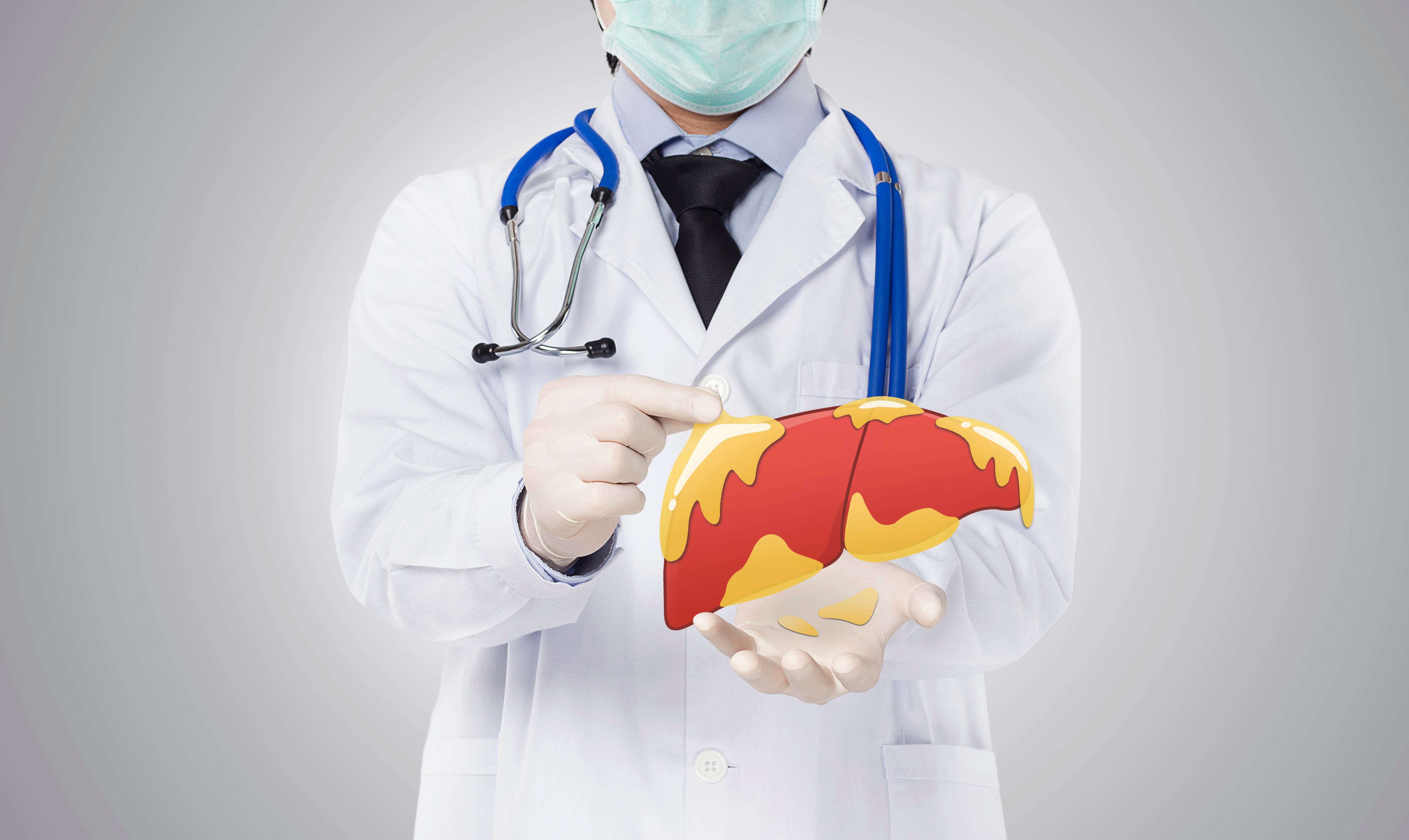News
Article
Study Highlights Increasing Global Health Burden of Liver Cancer
Author(s):
Key Takeaways
- Liver cancer incidence and mortality have significantly increased, with a 114.3% rise in cases and 102.5% increase in deaths from 1990 to 2021.
- Hepatocellular carcinoma is the most common liver cancer in adults, while hepatoblastoma is prevalent in children.
The global burden of liver cancer is rising, and public health efforts for prevention, vaccination, and treatment to address underlying etiologies are needed, according to research presented at ASCO 2024.
Global liver cancer incidence and mortality increased significantly in recent decades, indicating a need for prevention strategies for the disease and its various known etiologies, according to an abstract presented at the 2024 American Society of Clinical Oncology annual conference, held May 31 through June 4, 2024, in Chicago, Illinois.1
“The most common type of liver cancer in adults is hepatocellular carcinoma, which can be due to alcohol, hepatitis B, hepatitis C, non-alcoholic steatohepatitis (NASH), or other causes. In children the most common type of liver cancer is hepatoblastoma,” the study authors wrote. “Comprehensive and comparative estimation of liver cancer burden can inform policy decisions and public health interventions to reduce incidence, morbidity, and mortality.”
With the global incidence and mortality due to liver cancer rising, preventive measures are key to reducing cases worldwide. | Image credit: SewcreamStudio - stock.adobe.com

In the US, primary liver cancer and intrahepatic bile duct cancer were diagnosed in approximately 41,630 patients, and about 29,840 individuals died of these cancers.2 Since 1980, rates in the US have tripled, and mortality due to liver cancer has more than doubled. In certain areas of the world, liver cancer is substantially more common, and it is the most common form of cancer diagnosed in countries in sub-Saharan Africa and Southeast Asia.
The new study aimed to update liver cancer estimates, including hepatoblastoma, from 1990 to 2021 using estimation methods from the Global Burden of Diseases, Injuries, and Risk Factors Study 2021 (GBD 2021).1 The measures included total liver cancer incidence, mortality, prevalence, years lived with disability (YLDs), years of life lost (YLLs), and disability-adjusted life-years (DALYs). Further, etiology proportions from meta-analyses of literature reviews were applied to the data.
Life expectancy estimates were used to determine YLL calculations, while YLDs and prevalence were determined by expected survival, disease impacts, and disability weights. DALYs were defined as the sum of YLLs and YLDs. The authors also noted that liver cancers under age 10 were attributed to hepatoblastoma.
There were an estimated 529,000 cases of liver cancer in 2021 (95% uncertainty interval [UI], 480,000-594,000), and 484,000 deaths due to liver cancer (95% UI, 437,000-538,000). These incidences and deaths contributed to an estimated 12,900,000 DALYs (95% UI, 11,600,000-14,400,000).
Overall, the estimated number of cases increased by 114.3% (95% UI, 87.0%-145.3%) from 1990 to 2021, with deaths increasing by 102.5% (95% UI, 76.4%-132.0%). In the same time frame, DALYs increased by 70.6% (95% UI, 48.7%-96.8%).
Liver cancer has several known etiologies and most often occurs in individuals who have chronic liver disease due to hepatitis virus infection or cirrhosis.3 Preventive measures such as hepatitis B vaccination or receiving treatment for chronic hepatitis B are key to mitigating liver cancer incidence. Reducing exposure to aflatoxin B1, a poison from a fungus that can grow on foods stored in hot, humid places and most commonly grows in sub-Saharan Africa, Southeast Asia, and China, is another preventive measure to reduce liver cancer risk.
Regarding the etiologies of liver cancer, except hepatoblastoma, 37.4% of estimated deaths in 2021 were attributed to liver cancer due to hepatitis B (95% UI, 32.6%-42.6%), 30.3% were liver cancer due to hepatitis C (95% UI, 26.3%- 34.8%), 19.1% were liver cancer due to alcohol (95% UI, 15.8%-22.8%), 8.5% were liver cancer due to NASH (95% UI, 6.9%-10.3%), and 4.3% were liver cancer due to other causes (95% UI, 3.6%-5.1%).1
“These GBD 2021 estimates provide comprehensive estimates of the substantial health burden of liver cancer, highlighting a continued need for public health efforts targeting prevention, vaccination, treatment, or behavioral change,” the authors concluded.
References
1. Kocarnik JM, May M, Acheson A, et al. The global burden of primary liver cancer and underlying etiologies from 1990 to 2021. J Clin Oncol. 2024;42(suppl 16):Abstract 10573. doi:10.1200/JCO.2024.42.16_suppl.10573
2. Key statistics about liver cancer. American Cancer Society. Updated January 17, 2024. Accessed June 11, 2024. https://www.cancer.org/cancer/types/liver-cancer/about/what-is-key-statistics.html
3. Liver cancer causes, risk factors, and prevention. National Cancer Institute. Updated May 15, 2024. Accessed June 11, 2024. https://www.cancer.gov/types/liver/what-is-liver-cancer/causes-risk-factors
Newsletter
Stay ahead of policy, cost, and value—subscribe to AJMC for expert insights at the intersection of clinical care and health economics.





